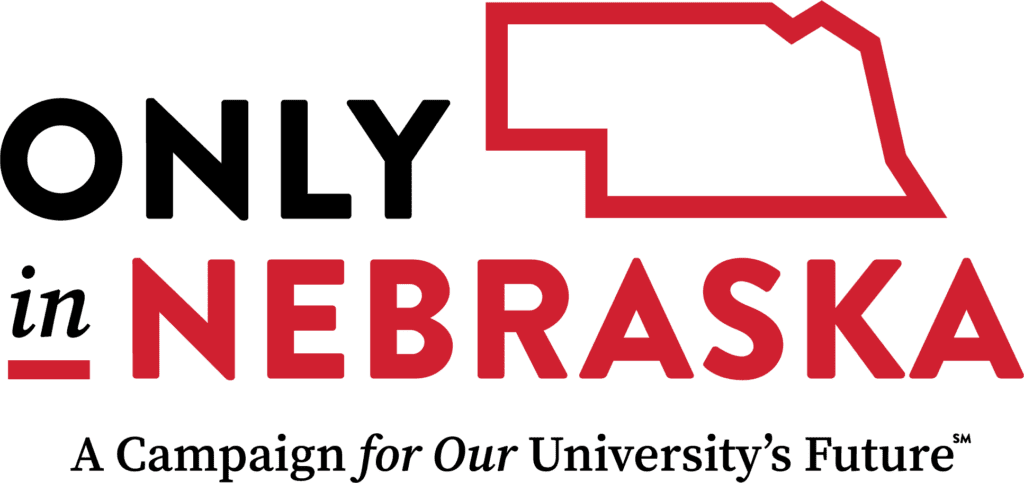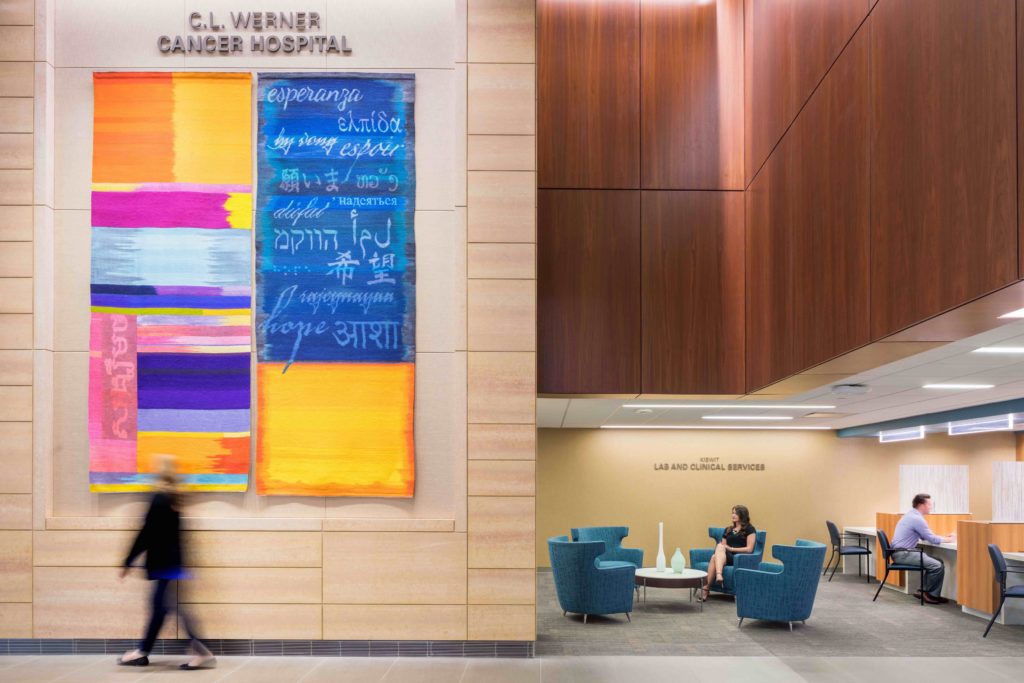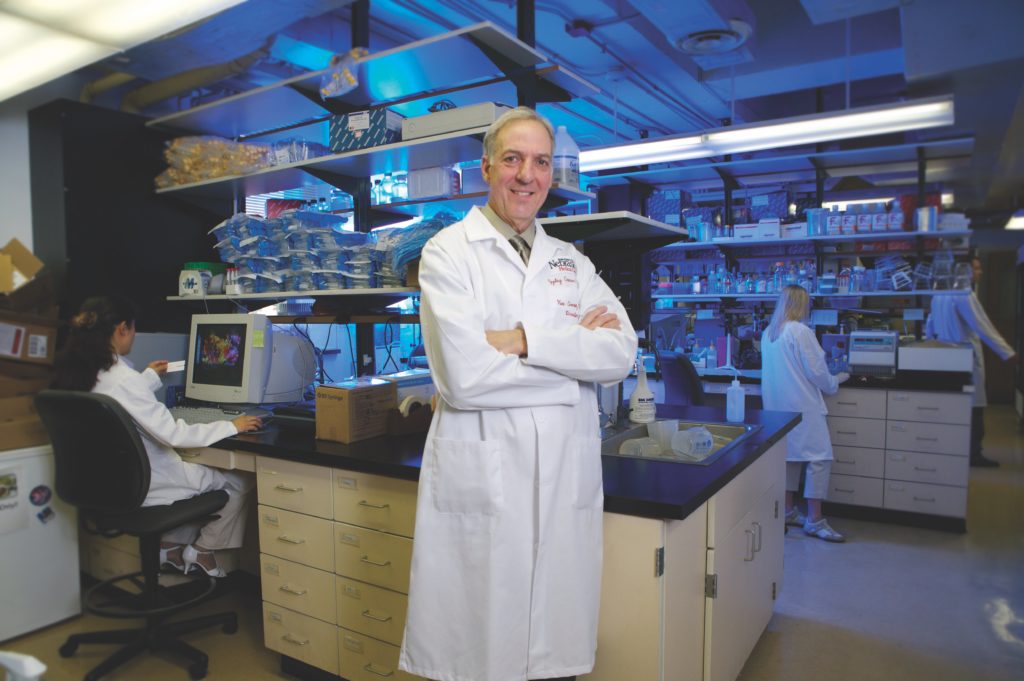To mark the cancer center’s five-year anniversary, director Ken Cowan, M.D., Ph.D., talked recently about what led to the center’s creation and its focus on cancer research and treatment.
“There’s no other cancer center built like this in the world,” he said in an interview. “We do have patients arriving from across our region, across our state, across the Midwest, across our country, and sometimes even from foreign countries coming here for special therapies.”
The cancer center — a partnership between the University of Nebraska Medical Center and its clinical partner, Nebraska Medicine — is the only National Cancer Institute-designated cancer center in Nebraska.
The center was made possible by philanthropic donors, as well as funding from the State of Nebraska, City of Omaha and Douglas County.
Over the last five years, 15,306 people have received care in the 108-patient C.L. Werner Cancer Hospital, and 44,812 patients have been treated in the center’s outpatient clinics.
The facility has seen a 114% increase in the number of patients who have taken part in cancer clinical trials in the past five years. Fifty-six new physicians and scientists have joined the cancer center or will soon. Cancer researchers have been awarded more than $185 million in new grant funding, and a Pancreatic Cancer Center of Excellence has been established.
Cowan drew inspiration for the Fred & Pamela Buffett Cancer Center from the 21 years he spent at the National Cancer Institute in Bethesda, Maryland, prior to coming to UNMC in 1999 to serve as the director of the Eppley Cancer Center, which preceded the Fred & Pamela Buffett Cancer Center.
At the National Cancer Institute, Cowan oversaw laboratory researchers and clinical staff working together in Building 10, the largest clinical research hospital in the world.
Cowan wanted to create a space like it at UNMC, where researchers in the lab and clinicians who treat patients work side by side. He wanted the researchers, clinicians and patients all to come in the same front doors and ride the same elevators.
“One-stop shopping” for patients
So UNMC set out to create a facility to do that. On a recent tour, the soaring lobby of the Fred & Pamela Buffett Cancer Center was bustling, with patients checking in at the front desk or relaxing in comfy chairs near the entrance as staff in green scrubs walked to meetings in the conference room or stopped for lunch at the coffee shop.
Before the facility opened, UNMC’s cancer research labs were spread among eight buildings. Today, most cancer research is housed in the 10-story Suzanne and Walter Scott Cancer Research Tower, which has 98 laboratories and is connected to the C.L. Werner Cancer Hospital.
UNMC’s cancer clinicians previously were located in six buildings; now, the Fred & Pamela Buffett Cancer Center provides “one-stop shopping” for patients, Cowan said.
Before a patient comes in for their first appointment, oncologists, pathologists, radiologists and other specialists meet for a “tumor board” to discuss the patient’s case and recommend a treatment plan. Researchers are encouraged to attend, so they can hear directly from the clinicians and report on the future of research and therapies.
Cowan said the new facility provides exceptional care because staff are specially trained to understand the needs of cancer patients, who can be severely immunocompromised.
“When you work in this building, you’re taking care of only cancer patients, and whether you’re a nurse, pharmacist or environmental services person cleaning rooms, you know that these patients have very special problems, whether it’s pain, infection or their cancer,” Cowan said.
The Fred & Pamela Buffett Cancer Center is built around a “pod” design, with each area housing offices and labs focused on one kind of cancer. During the tour, Cowan stopped on the eighth floor outside the hospital wing. The offices for surgical oncologists specializing in pancreatic cancer were just across the hall, with the pancreatic cancer research labs steps away.
Common break rooms are located on each floor to encourage researchers and clinicians to eat lunch or grab a cup of coffee together. “If form follows function as architects always tell us,” Cowan said, “our goal is to create better opportunities for collaboration between clinicians and researchers.”







